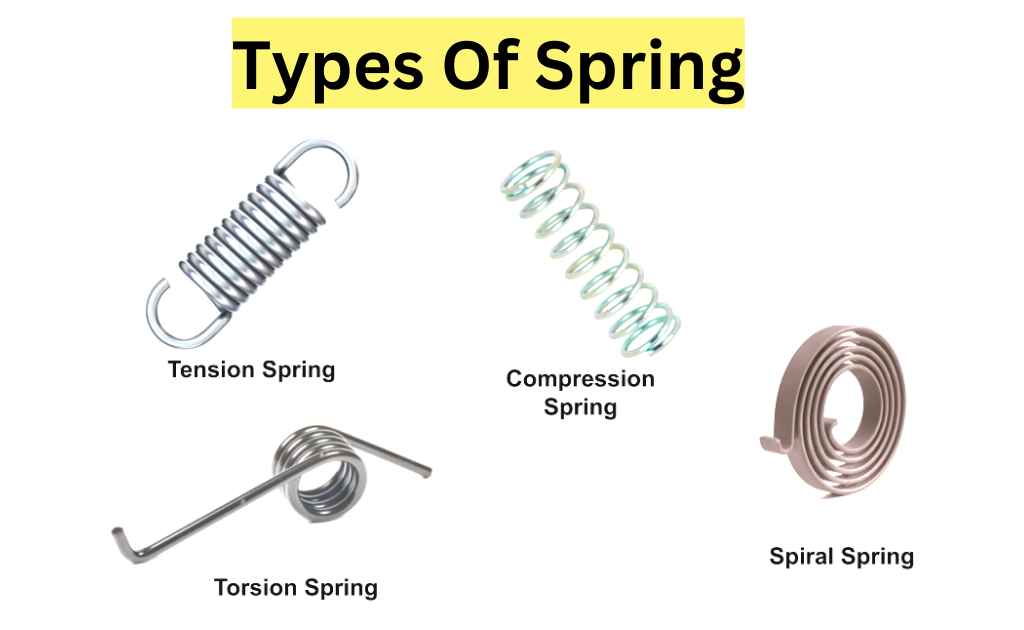Paramagnetic Materials-Definition, Properties, And Examples
When placed in a magnetic field, paramagnetic materials tend to get weakly Magnetized in the direction of the magnetizing field. The materials tend to lose their magnetism if we remove the applied field. The spin orientations of the electrons are randomized because of thermal motion. Paramagnetism is the Magnetic Property of Solids.
Paramagnetic Materials
Paramagnetism is a form of magnetism that occurs when some materials are weakly attracted by an applied magnetic field and form internal magnetic fields in the direction of the applied magnetic field. In contrast to this behavior, diamagnetic materials are repelled by magnetic fields and form magnetic fields in the opposite direction to that of the applied magnetic field. The field strength is not very strong and the magnetic moment is not linear.
It typically requires a sensitive analytical balance to detect the effect and modern measurements on paramagnetic materials are conducted with a SQUID magnetometer.
The presence of unpaired electrons in the material makes most of the atoms paramagnetic, although exceptions such as copper exist. Unpaired electrons have a magnetic dipole moment and act like small magnets. The net attraction is caused by the electrons’ spins aligning parallel to the magnetic field. Iron oxide (FeO), titanium, and oxygen are some of the paramagnetic materials.
A simple rule of thumb is used in chemistry to determine whether a particle is paramagnetic or diamagnetic: if all electrons in the particle are pairs, then the substance made of this particle is diamagnetic.
Paramagnetic materials don’t retain magnetization in the absence of an applied magnetic field because of the randomization of the spin orientations. When the applied field is removed, the total magnetization goes down to zero. Only a tiny portion of the spins will be oriented by the field, which is why there is only a tiny induced magnetization. The linear dependency is explained by this fraction is proportional to the field strength. ferromagnetic materials are non-linear and much stronger so it is easy to observe the attraction between a refrigerator magnet and the iron of the refrigerator itself.
Properties of Paramagnetic Materials
The atoms of paramagnetic substances have permanent dipole moments due to unpaired spin when an atom’s net atomic dipole moment is not zero.
The magnetic field is not strong enough to attract the substances. Paramagnetic substances move from a weak field region to a strong field region in the non-uniform external magnetic field.
The field is strongest near the poles, which is why a paramagnetic rod is set parallel to the field. Between the magnet poles, a paramagnetic liquid in a U-Tube ascends to the limb.
There is a direct correlation between the intensity of magnetization and the magnetizing field. The relative permeability is not as high as 1. The field inside the material is bigger than the field outside it.
Inside paramagnetic substances, the magnetic field lines become denser. The magnetic properties of paramagnetic substances are related to absolute temperature.
Paramagnetic substances obey the law which says that magnetic susceptibility is proportional to its temperature. The small magnetic dipole moment of paramagnetic substances is parallel to the field of magnetizing.
Superparamagnet
The magnetic behavior of some materials is similar to a Curie-type law, but with large values for the Curie constants. Superparamagnets are materials that are super strong. They are characterized by a strong ferromagnetic or ferrimagnetic type of coupling into a domain of a limited size that behaves independently from one another.
The bulk properties of the system are similar to that of a paramagnet but on a smaller level. The materials show an ordering temperature above which the paramagnetic behavior reverting to ordinary paramagnetism can occur. ferromagnetically coupled clusters that freeze out at lower temperatures are contained in such systems. They are called micromagnetics because of their magnetic properties.
Paramagnetic Materials Examples
At this point, we know that materials with paramagnetic properties are paramagnetic. The materials that show magnetic susceptibility with respect to the Curie law are true paramagnets. Paramagnetism can be shown regardless of the temperature range. Iron oxide, oxygen, titanium, aluminum, and transition metal complexes are some examples of paramagnetic materials.







Leave a Reply